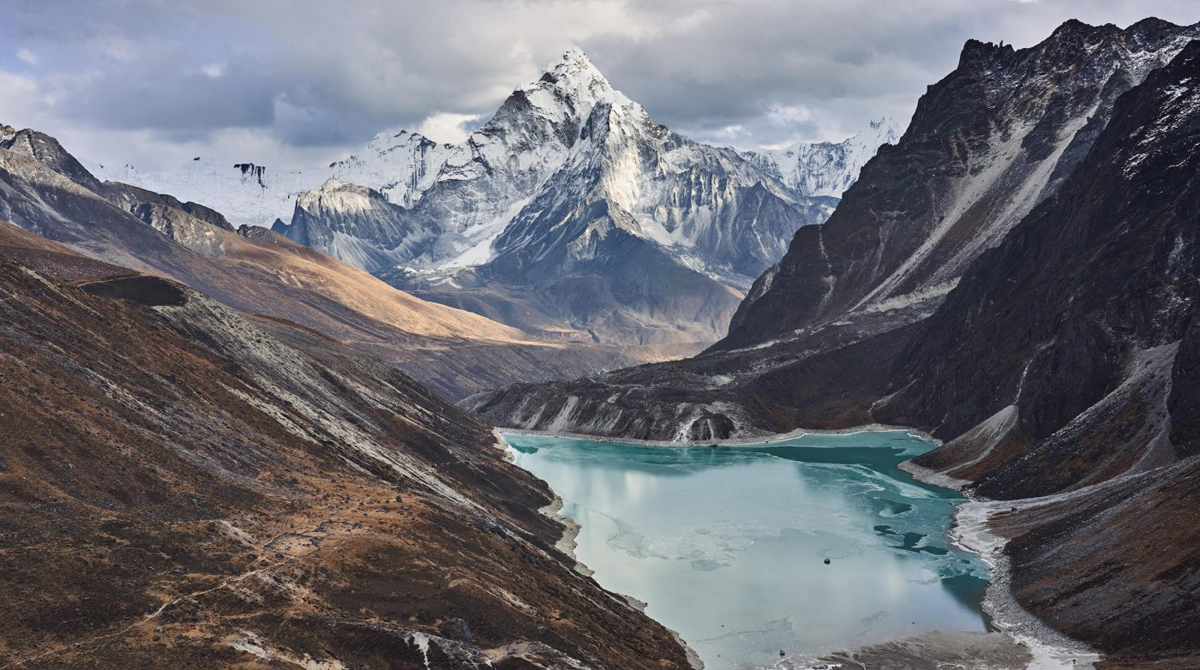
The theme for World Water Day this year is “valuing water”. How do we begin to value water for what it is truly worth to us?
The Hindu Kush Himalaya (HKH) region – a mountainous area extending across Afghanistan, Pakistan, China, India, Nepal, Bhutan, Bangladesh and Myanmar – is the water tower of Asia. Its runoff and snowmelt feed 10 major river systems across South, Southeast and East Asia, and supply water to 240 million of its own inhabitants, plus another 1.65 billion people downstream.

Beyond the role water plays in sustaining wetlands and the incredible biodiversity in the HKH region, it is also vital for domestic and urban water supply, sanitation, irrigation, hydropower and tourism. The value of HKH water is clearly immense, and yet water as a resource can often be neglected or taken for granted.
Economists and water resource managers seek to quantify the value of water to inform how to better manage it. In economic terms, value arises from a demand for water. The supply response to that demand is the domain of water resource managers, who seek to allocate the right amounts of water to the right places, at the right times, and at quality levels above minimum thresholds for the desired water uses.

The economic value of each unit of water grows when supply becomes scarce or when there are competing demands. In economic terms, water resource managers attempt to balance the allocation of water across demands while aiming to move more water towards uses with a higher marginal value for each unit. In some applications, the value of water may be expressed in terms of its productivity, the value of a product based on each unit of water consumed during production.
But quantified water values must not be limited to beneficial or productive uses of water, where the value of water is described with “positive” values. Quantified values can be “negative” as well, indicating costs or damage from excessive water or from pollution. The widespread flooding that we witness, for example, in the Gangetic plains during the monsoon – a result of “too much” HKH water – is also reflected in smaller but still destructive proportions in the mountain valleys of the HKH that experience localised flooding. The recent flood induced by a massive rockslide in Uttarakhand, India, illustrates the destructive power of water as reflected in lives lost and infrastructure damaged.
Numeric answers to the question of how we value water in the HKH fall flat to most of us. Many definitions we have for valuing water are much more personal, and we do not think of them in economic terms. We most often recognise water’s value when there is a change from what we are accustomed to. Water feels valuable to us when city water supplies are disrupted and our water tanks run dry, or when we view a stream that once flowed with clear water now choked with debris and discoloured from pollution.
But we can begin to understand water’s value as individuals or as a community as we witness the effects of a much larger and increasingly apparent change – those of a changing climate. Mountains warm faster than flatlands, and we are now seeing the impact on our water resources. Mountain springs – the lifeblood of communities and ecosystems across the HKH – are drying up, causing wholesale changes to ways of life across the region’s mid-hills. Glaciers that supply water year-round to river systems are receding at a rapid rate, causing increased river flows in the near term and imperilling water supplies for millions of people downstream in the future.
Maybe the challenge for us in the HKH region today on World Water Day 2021 is to consider afresh the critical role that water plays in our daily lives and in supporting living ecosystems around us. It is a resource that must not be taken for granted.